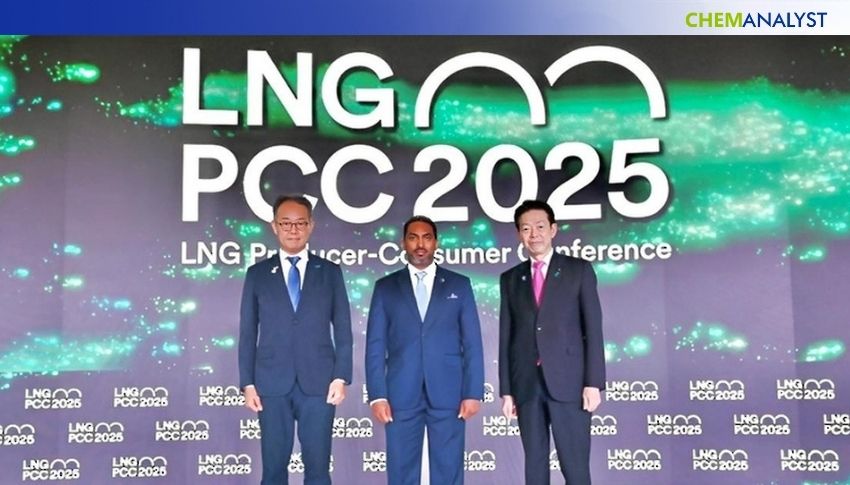Welcome To ChemAnalyst

Oman LNG and Kanadevia have partnered to develop a methanation pilot plant and conduct a commercial concept study for e-methane production. Using captured CO2 and green hydrogen, the project supports Oman’s Vision 2040 and net-zero targets. It strengthens international cooperation with Japan and advances scalable, sustainable energy solutions.
Oman LNG has signed a significant agreement with Kanadevia Corporation to conduct a Pre-Front-End Engineering Design (Pre-FEED) for a methanation pilot plant, as well as a comprehensive Concept Study for a future commercial-scale facility. This partnership marks a key step in Oman’s pursuit of clean energy solutions, aligning with the country’s long-term sustainability objectives under Oman Vision 2040 and the National Green Hydrogen Strategy.
The agreement reflects Oman LNG’s forward-thinking approach to environmental challenges, transforming carbon dioxide emissions into opportunities for sustainable fuel production. By utilizing cutting-edge methanation technology, the project aims to combine captured CO2 with green hydrogen to produce synthetic methane, also known as e-methane. This fuel is expected to become a practical and scalable method for transporting green hydrogen, capitalizing on Oman’s existing LNG infrastructure.
Hamad Al Naamany, CEO of Oman LNG, expressed optimism about the initiative, stating that the project exemplifies how innovation can turn environmental burdens into commercial assets. “This initiative is turning a challenge into an opportunity, using our carbon dioxide waste stream to produce synthetic methane,” said Al Naamany. He emphasized the importance of research and development in this process and noted Oman’s ambition to contribute to the global green energy transition. “Our collaboration with Kanadevia reflects our determination to deliver practical, scalable solutions for a net-zero future.”
The pilot plant will serve as the initial step toward a larger commercial venture. It is designed to produce approximately 1,200 normal cubic meters of e-methane per hour. The future full-scale facility aims to produce 18,000 normal cubic meters per hour, significantly enhancing Oman’s capacity in low-carbon fuel production. The Concept Study will evaluate the technical and commercial aspects of the full-scale facility, while the Pre-FEED will focus on the detailed design, engineering, procurement, and construction estimates for the pilot plant.
The plant will feature three core components: a seawater desalination unit to supply water, electrolysis equipment to produce hydrogen, and a methanation system that synthesizes e-methane from hydrogen and captured CO2. This integrated approach underscores the synergy between carbon capture, green hydrogen production, and methanation, offering a holistic pathway toward clean fuel generation.
Kanadevia brings international expertise to the project, drawing from its subsidiaries such as Osmoflo Holdings in Australia and Kanadevia Inova AG in Switzerland. This global footprint enhances the technical strength and operational reliability of the initiative.
The agreement builds on the Memorandum of Understanding signed in March 2024 and fits within a broader framework of cooperation between Oman and Japan in areas such as hydrogen, fuel ammonia, and carbon recycling. It highlights both nations’ commitment to advancing clean energy technologies and achieving climate neutrality goals.
We use cookies to deliver the best possible experience on our website. To learn more, visit our Privacy Policy. By continuing to use this site or by closing this box, you consent to our use of cookies. More info.
